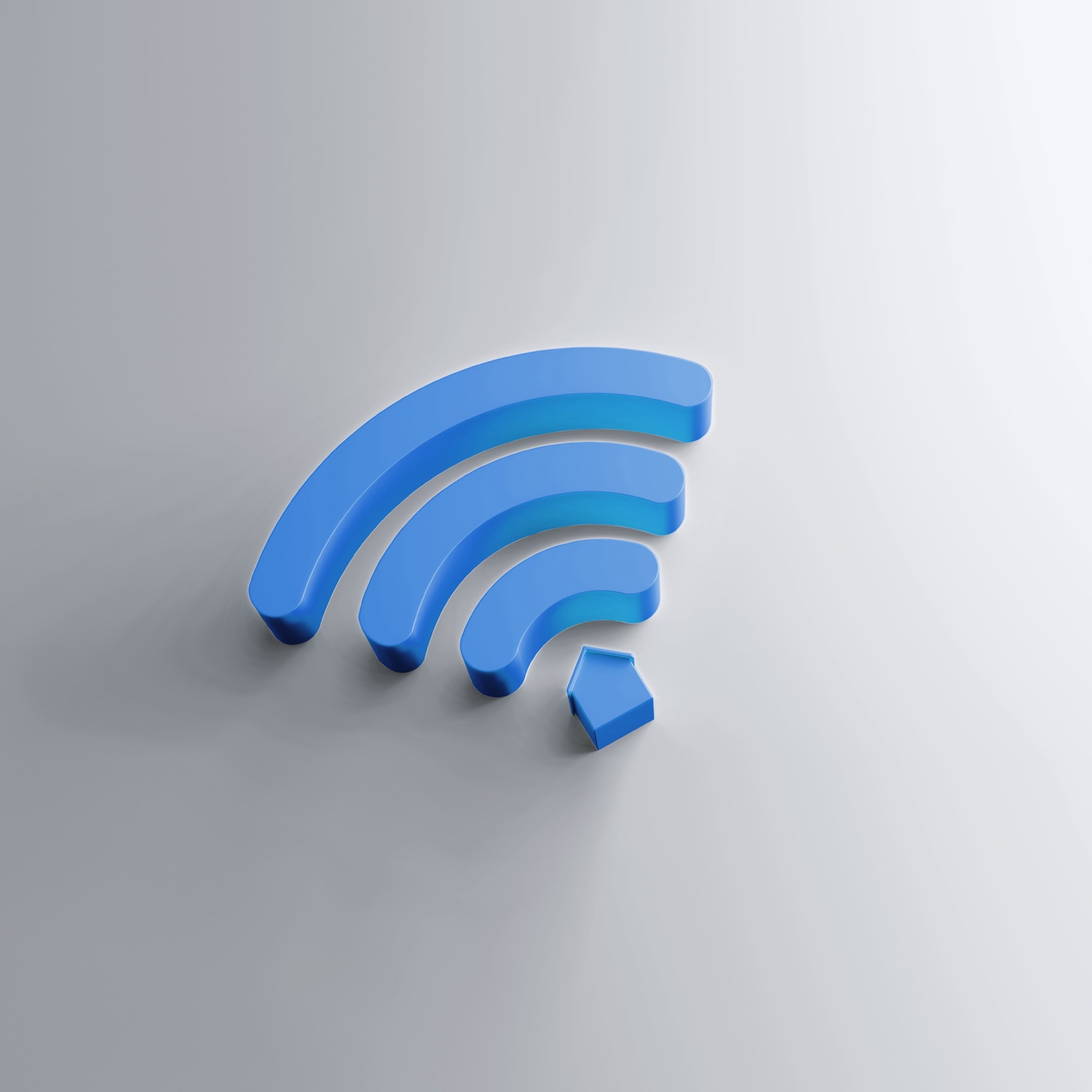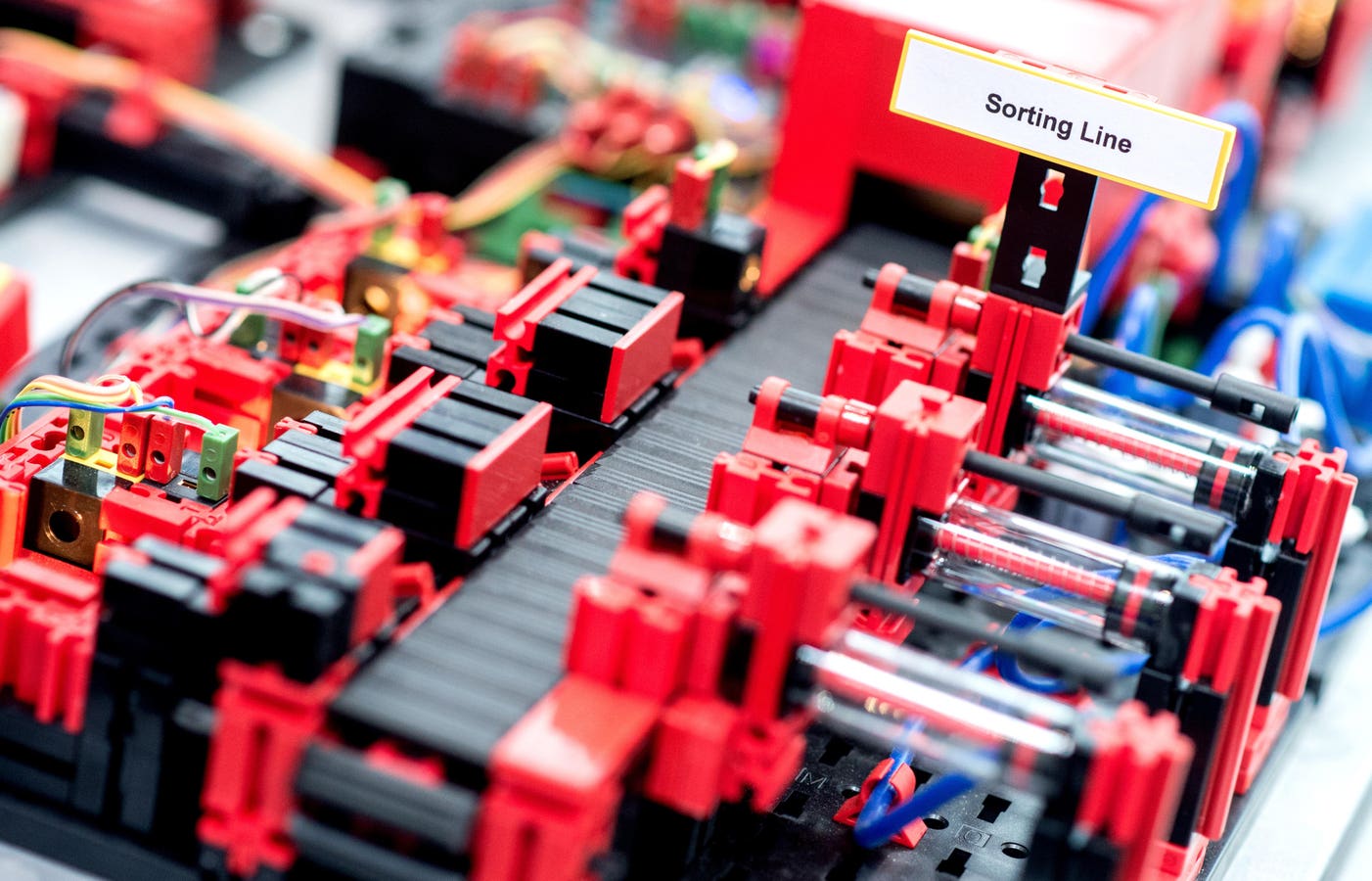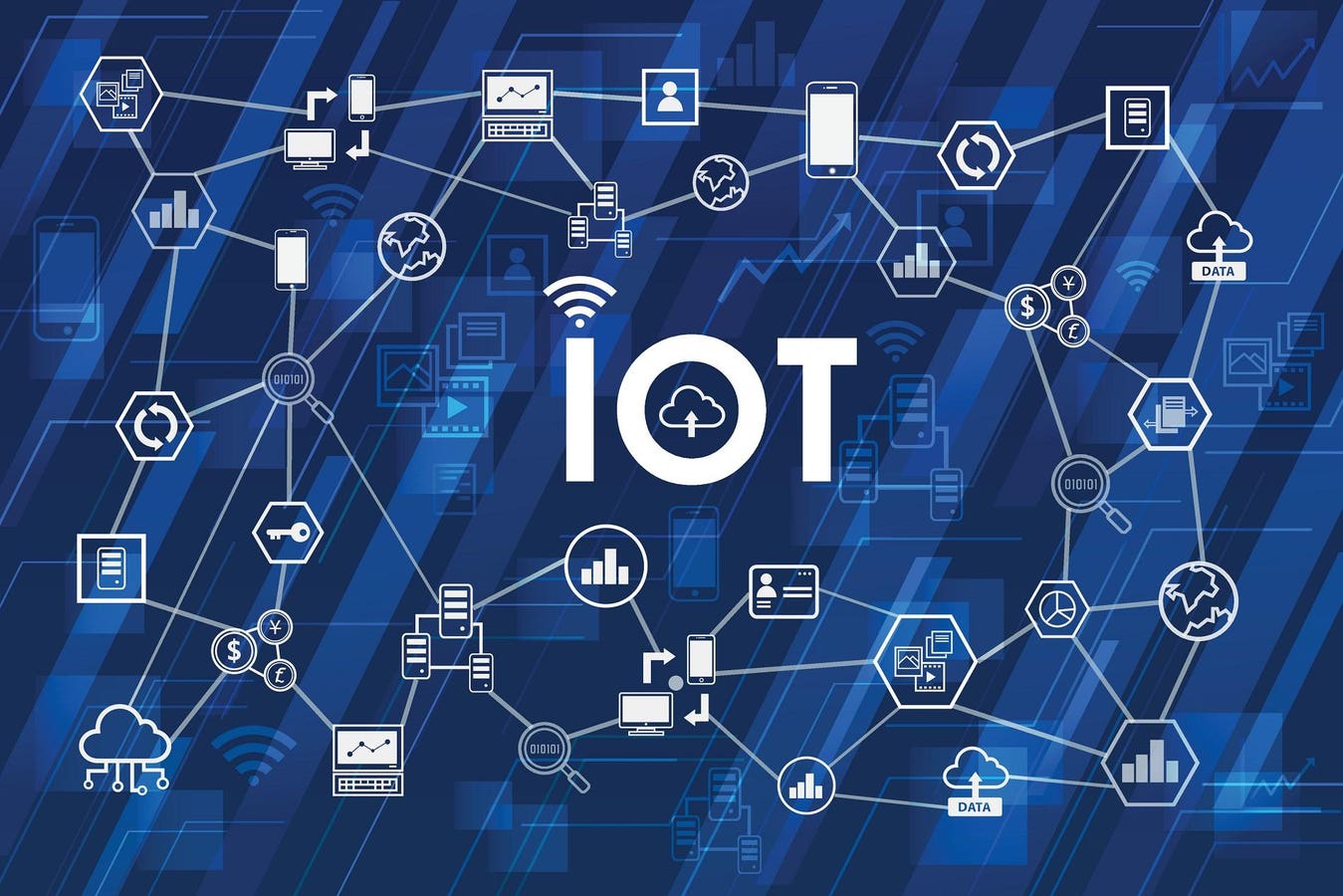Does your house have a smart thermostat? Or do you wear a fitness tracker to help you stay physically active? If you do, you are part of the Internet of Things, or IoT. Itâs become embedded in our lives, as well as in the way organizations operate.
IoT uses a variety of technologies to connect the digital and physical worlds. Physical objects are embedded with sensorsâwhich can monitor things like temperature or motion, or really any change in environmentâand actuatorsâwhich receive signals from sensors and then do something in response to those changes. The sensors and actuators communicate via wired (for example, Ethernet) or wireless (for example, WiFi, cellular) networks with computing systems that can monitor or manage the health and actions of connected objects and machines.
The physical objects being monitored donât have to be manufacturedâthey can include objects in nature, as well as people and animals. While some organizations might view IoT more expansively, our definition excludes systems in which all the embedded sensors are used just to receive intentional human input, such as smartphone apps, which receive data input primarily through a touchscreen, or other networked computer software, in which the sensors consist of a standard keyboard and mouse.
The constant connectivity that IoT enables, combined with data and analytics, provides new opportunities for companies to innovate products and services, as well as to increase the efficiency of operations. Indeed, IoT has emerged as one of the most significant trends in the digital transformation of business and the economy since the 2010s.
Looking at IoT applications, which are sometimes described as use cases, can help ground the discussion about what IoT is. Broadly, IoT applications occur in one of nine settings.
Other real-world examples abound. IoT solutions are being used in myriad settings: in refrigerators, to help restaurants optimize their food-compliance processes; in fields, to track livestock; in offices, to track how many and how often meeting rooms are used; and beyond.
Learn more about our Digital McKinsey, Technology, Media & Telecommunications, and Advanced Electronics practices.
The potential value of IoT is large and growing. By 2030, we estimate it could amount to up to $12.5 trillion globally. That includes the value captured by consumers and customers of IoT products and services.
The potential economic value of IoT differs based on settings and usages, with factory settings and human health applications representing outsize shares of this total. Factory settings could generate $1.4 trillion to $3.3 trillion by 2030, or just over a quarter of the total value potential. IoT economic impact in human health settings could reach around 14 percent of the total estimated value.
Another way of looking at IoTâs value is to explore use-case clusters (similar uses adapted to different settings). Some of the most common use cases account for a sizable share of IoTâs potential economic value:
Other clusters include sales enablement, energy management, autonomous vehicles (the fastest-growing cluster), and safety and security.
To get value from IoT, it helps to have a platform to create and manage applications, to run analytics, and to store and secure your data. Essentially, these platforms do a lot of things in the background to make life easier and less expensive for developers, managers, and usersâin much the same way as an operating system for a laptop. They handle issues like connecting and extracting data from many different endpoints, which might be in inconvenient locations with spotty connectivity.
If you are trying to choose an IoT platform, youâll need a good understanding of your companyâs IoT strategy. Here are five characteristics to consider when evaluating IoT platforms:
The billions of IoT devices in use have naturally created new vulnerabilities for companies. As more âthingsâ get connected, the number of ways to attack them mushrooms. Pre-IoT, a large corporate network might have needed to account for 50,000 to 500,000 endpoints being vulnerable to attack, while the IoT may involve a network with millions or tens of millions of these endpoints. Promoting cybersecurity, therefore, is crucial in the IoT era.
Itâs important to address customer privacy concerns vis-à -vis connected devices. But managing IoT cybersecurity is also about protecting critical equipment, such as pacemakers or entire manufacturing plantsâwhich, if attacked, could put your customersâ health or your companyâs total production capability at risk.
Six recommendations or actions could help CEOs and other leaders tackling IoT cybersecurity:
Learn more about our Digital McKinsey, Technology, Media & Telecommunications, and People & Organizational practices.
The Industrial Internet of Things, or IIoT, is among the advanced manufacturing technologies collectively referred to is Industry 4.0, or the Fourth Industrial Revolution.
What are some benefits of IIoT? It can drastically reduce downtime, open up new business models, and improve customer experienceâand it can also make organizations more resilient. In the COVID-19 era, for example, digital management tools and constant connectivity allowed some companies to react to market changes swiftly and efficiently by quickly adjusting production capacity and simultaneously supporting remote operations.
Companies using IIoT for digital transformation in manufacturing can follow seven guideposts to align their business, organization, and technology spheres and help leaders successfully position their organizations to reap the full benefits from IIoT:
Internet of Things B2B solutions account for the majority of economic value created from IoT to date. In B2B settings, for example, marrying IoT and AI can improve the predictive-maintenance capabilities of machines, while also empowering service providers to watch the health of their assets in real time, proactively addressing issues before a bigger breakdown occurs.
B2C applications have grown faster than expected, particularly given the adoption of home-automation solutions. However, through 2030, B2B applications are projected to nonetheless account for 62 to 65 percent of total IoT value.
When it comes to getting more value from IoT, there are tailwinds as well as headwinds that will affect IoT adoption.
Three factors could accelerate the adoption of and impact from IoT solutions:
Conversely, a variety of factors could constrain adoption. These include the need for change management (capturing value at scale will require collaboration across functions to encourage new behaviors), interoperability issues, and installation challenges, as well as concerns about cybersecurity and individual privacy.
If your organization is just getting started, it can be helpful to consider what could accelerate enterprise IoT journeys. An interview with Wienke Giezeman, a serial tech entrepreneur and initiator of The Things Network, offers insight on what can drive action: âWeâve seen this in the industry again and againâyou cannot solve IoT problems with money. Itâs so tempting to try to solve these problems with cash, but really, itâs the creativity and pushing for simplicity that leads to the solution, which shouldnât be so complicated.â
Learn more about our Digital McKinsey, Technology, Media & Telecommunications, and Operations practices.
To really see the benefits of IoT, companies must embrace the technology at scale, instead of making one-off efforts. If your organization is adopting IoT, here are seven useful actions for scaling IoT:
For more in-depth exploration of these topics, see McKinseyâs Insights on the Internet of Things. Learn more about IoT consultingâand check out IoT-related job opportunities if youâre interested in working at McKinsey.



